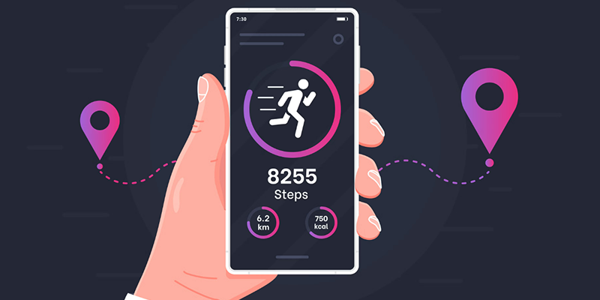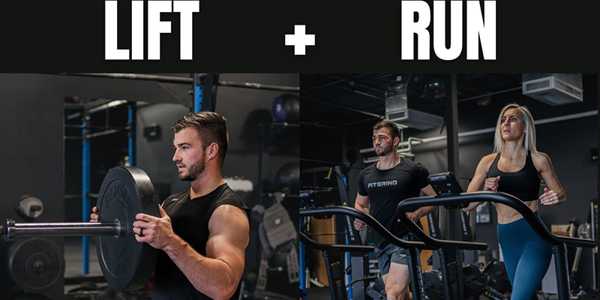How To Recover From Sports Injuries Faster
Have you ever suffered from an injury in sports that has left you on the sidelines? If you have, then you are not the only one. Athletes, whether amateur or professional, face injuries that can damage their activities. Without any further delays, let's find out how one can recover quickly from sports injuries, including some critical comparisons, implications, and learning principles that will enable you to rejoin the game much faster than you ever thought possible.
Understanding Your Body’s Healing Process
Let us first examine what happens to the body once an injury occurs during physical activity. It might be a sprained ankle, torn ligament, or muscle strain, but your body must start healing. This healing process typically comprises inflammation, repair, and remodelling phases, which are critical for function and strength restoration. Regardless of this general process, recovery for every individual dramatically differs due to factors like nutrition and rest, rehabilitation exercises, and even the more complex aspect of attitude.

Nutrition: Fueling Your Recovery
It's no secret that the nutrients the body gets affect rehabilitation outcomes. A car is helpful to us only when it's in good condition. So, make sure to use premium fuel. Think of protein as the gasoline because it can be more specifically noted that it helps in tissue repair. When recovering from any injury, you must include lean meat, fish, eggs, dairy products, legumes, nuts, and seeds in your diet because they are excellent protein sources.
In addition to proteins, vitamins and minerals are essential for recovery. Vitamin C supports collagen production, which is crucial in tissue repair. This vitamin is found in citrus fruits, berries, and leafy green vegetables. Zinc, found in shellfish, meat, and seeds, assists in the wound-healing process and boosts immune function. Omega-3 fatty acids—present in many fish like salmon and supplements—are known to reduce inflammation and, in turn, hasten recovery time.
Hydration can also not be overlooked. Water is vital for lubricating joints, regulating body temperature, eliminating toxins obtained during healing, and much more. We all know dehydration can slow recovery times, so drinking ample water throughout the day is key.
Rest Vs. Active Recovery
Rest is considered one of the most essential parts of recovery, but an excessive amount can also hinder progress. While allowing your body to heal is necessary, complete immobility leads to muscle wastage and tightness. This is where active recovery plays a role. This kind of recovery encompasses lower-intensity workouts and exercises meant to increase blood circulation to the injured areas without adding too much pressure on the wounded part. Examples include stretching, light swimming, cycling, and using an elliptical machine.
On the other hand, passive rest might provide more comfort at the beginning, particularly after sustaining injuries, but later on, some form of movement is beneficial. Research shows that people recovering from surgery tend to walk without assistance in active recovery regimes more than those who remain still. Of course, the type and intensity of activity should be set according to the particular injury, together with healthcare advice.
Rehabilitation Exercises: Building Back Strength
Rehabilitation exercises are another crucial part of recovering faster from sports injuries. They are intended to increase a patient's mobility, build muscle strength, and enhance functionality. Physical therapists usually offer rehabilitation exercises based on the extent of the injury.
For example, a person undergoing rehabilitation from a knee injury may do quad sets, straight leg raises, or even mini squats with supervision. Each does something slightly different within the recovery process, ensuring progress in all areas. Likewise, some shoulder injuries can be alleviated with pendulum swings, wall push-ups, or resistance band exercises.
Keeping in mind how important consistency is in this case. Missing any session or rushing through exercises can take longer to heal or worsen the injury. Sticking with a properly designed and planned training schedule should yield the best results, making it possible for athletes to get back to their desired performance levels or even better than before.
Mental Health: The Factor That Tends To Be Ignored The Most
Mental health is a factor in recovery from sports injuries that cannot be ignored. Motivational and psychological factors like resilience and optimism influence how quickly one recovers. Studies show that athletes with a more positive outlook on life tend to stick with their treatment plans much better than those who are not optimistic.
Techniques like visualization, mindfulness meditation, and cognitive behavioural therapy (CBT) can help reduce anxious and depressive feelings linked to a period of inactivity. Visualizing oneself accomplishing tasks following recovery is a great way to bolster confidence and motivation. During difficult times, this technique can serve as a powerful motivator. Mindfulness approaches focus on the here and now, which reduces Stress and helps enhance focus on recovery goals.

The social support network is also essential. Support from friends, family, coaches, or teammates who show they care offers the emotional nourishment the injured athlete needs to keep going. These relationships help strengthen feelings of social acceptance and bonding, which supports motivation to engage in recovery activities.
Technology: A New Frontier In Recovery
Exciting new technologies and improving old ones present exciting opportunities to accelerate recovery. Such devices can monitor vital signs and activity levels and provide instant feedback about the current state of recovery. Applications linked to these devices also offer health tips related to diet, sleep, and exercise, which users appreciate.
Electrotherapy treatments such as transcutaneous electrical nerve stimulation (TENS) units relieve pain and improve circulation, speeding healing processes. Ultrasound therapy employs sound waves to reach deep tissues, breaking apart scar tissues and enhancing blood flow. Cryotherapy chambers subject the body to extreme cold, which reduces inflammation and speeds up cell growth.
These technologies have a price tag, but the benefits justify the costs. As always, speaking to professionals before trying new procedures is prudent.
Patience Combined With Progress
Recovering from a sports-related injury requires patience and awareness of progress. Each individual has a different healing journey due to the impacts of age, overall health, genetic predisposition, and compliance with protocols. That is to say, what works well for one person does not always work for the next. Thus, having small, realistic goals and celebrating them helps improve self-esteem.
Patience means respecting your body's limitations and understanding how hard is too hard. Progress means increasing the stressors placed on the healing tissues but not so much that damage is inflicted. Achieving this balance is complex, requiring experience, self-reflection, and sometimes outside assistance.
Help For Recovery
Congratulations on obtaining information that can help you recover from an injury faster if you have made it this far! It is pertinent to notice that no single method will give you results independently, but incorporating the abovementioned strategies ensures optimal recovery support. Do seek the help of professionals at any point, such as doctors, physiotherapists, nutritionists, or even counsellors.
Remember to stay proactive and informed about any obstacles that can come your way and have confidence that you can overcome them. Please note that every obstacle can come your way, but each defeat has a lesson that extends beyond athletics. So, mentally and physically, prepare yourself and let nothing stand between you and greatness.




